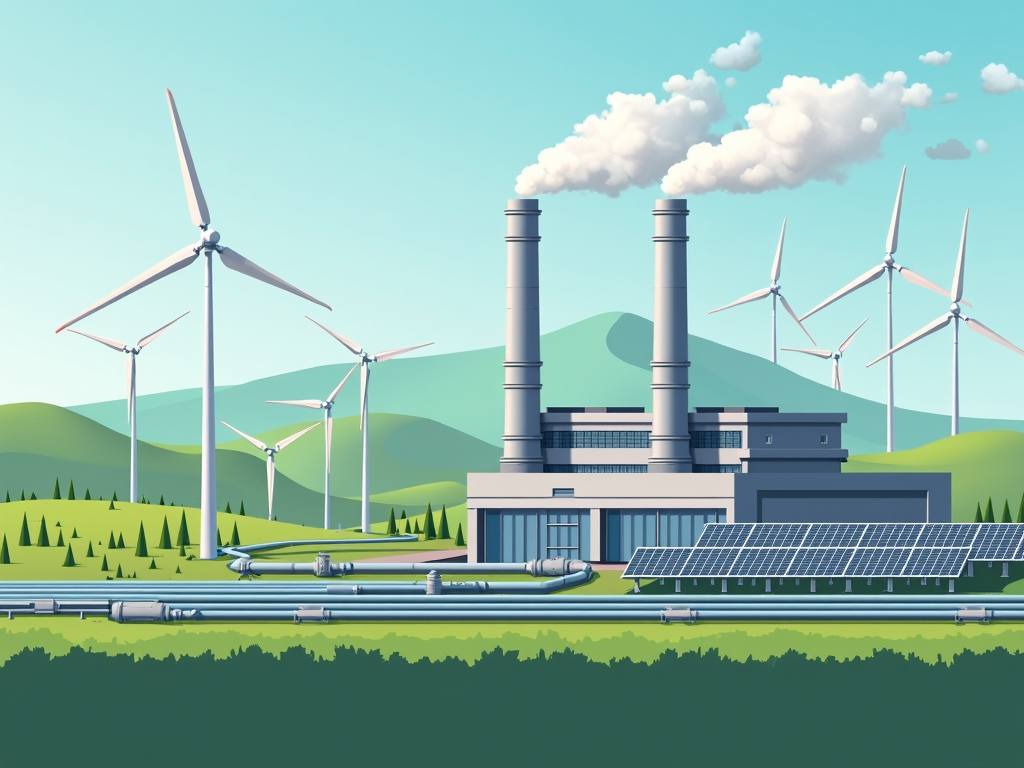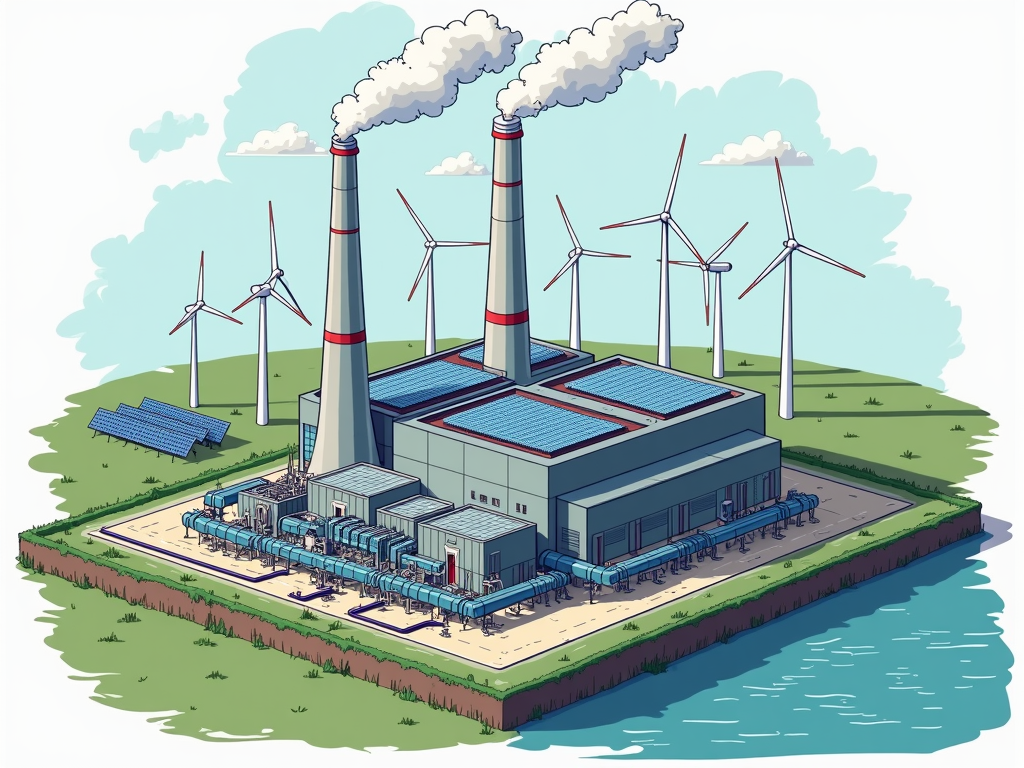Natural gas has established itself as a reliable energy source, but its future is uncertain. As the world shifts towards renewable energies, the role of natural gas is being reassessed. This article examines the current importance of natural gas and highlights the opportunities and risks for investors and consumers in the transition towards green gas as a fossil alternative. Two chapters explore the role of natural gas today and the investment possibilities for tomorrow.
Natural Gas: Between Transitional Technology and Alternatives

Natural gas plays a central role in modern energy supply and is often considered a transitional technology in the shift towards a sustainable energy future. Its versatile use in heat and electricity production, as well as in industrial processes, underscores its significance. About half of German households use natural gas for heating, and in 2023, a significant share of electricity was produced from natural gas. At the same time, it remains an indispensable raw material in the chemical industry, where it is used to produce plastics, fertilizers, and other basic materials. The relatively lower CO₂ emissions compared to other fossil fuels give natural gas an advantage on the path to a low-carbon future.
Although global reserves of natural gas are significant, amounting to 200 trillion cubic meters, Germany imports about 90% of its requirements, as domestic extraction is limited. This high dependence on imports poses geopolitical risks, exacerbated by events such as the war in Ukraine, increasing the importance of liquefied natural gas (LNG) to diversify supply sources. LNG offers relatively short- to medium-term relief, but it also entails long-term dependencies on global markets and political tensions.
Long-term prospects for natural gas are increasingly influenced by developments in the renewable energy sector. Solar energy and heat pumps could replace the direct use of natural gas in the near future. At the same time, alternative gas sources such as hydrogen and biogas are gaining importance and could play a key role in medium- to long-term decarbonization. Hydrogen offers a potential solution as an eco-friendly fuel, although extensive infrastructure modifications are necessary. Biogas, which can be fed into the existing natural gas network, represents a sustainable alternative, though its availability remains limited.
In general, natural gas remains an important component of the energy transition, acting as a stabilizer in supply and a driver of innovation for green gas technologies. The future development of the energy sector will depend significantly on how effectively the transition from fossil gas to renewable energy sources is managed. In this context, both technological and geopolitical stability will play a crucial role.
Evolving Natural Gas: Profit and Risk in Uncertain Times

The current role of natural gas as an important energy source fits into a complex context of ecological and economic developments. For investors and consumers, this situation offers both promising opportunities and significant risks. Companies investing in existing and evolving energy markets must face the challenge of managing both the current economic uncertainty and the long-term sustainability of the transition to more sustainable energy sources.
Opportunities for investors can arise from utilizing existing gas infrastructures. These allow for cost-effective integration of new green gases into the existing system, enabling companies to benefit from a rapidly growing demand for decarbonized energy solutions. Furthermore, lower interest rates, which central banks aim for to facilitate investments and support economic recovery, provide an additional incentive.
However, these potentials are closely intertwined with risks for investors. Geopolitical tensions and volatile gas prices make the landscape unpredictable. New tariffs and trade barriers can weigh on global supply chains, putting companies and investors at a disadvantage. Uncertainties regarding inflation and the consequent evolution of interest rates add another layer of instability.
Consumers also face an ambivalent situation. Lower interest rates can lead to more attractive loan offers, facilitating investments in real estate or other durable goods. At the same time, technological advancements have the potential to provide better products and services, significantly improving daily life.
However, consumers must also prepare for risks: economic uncertainty and threats of job loss due to global political turmoil could undermine daily life stability. Price increases due to tariffs and trade barriers are already a tangible reality and can further strain household budgets.
Ultimately, the transition to green gas offers both economic opportunities and challenges due to geopolitical and technological changes. Prudent diversification of investments and forward planning in consumption and investment decisions can help maintain a balance between opportunities and risks during this turbulent period.